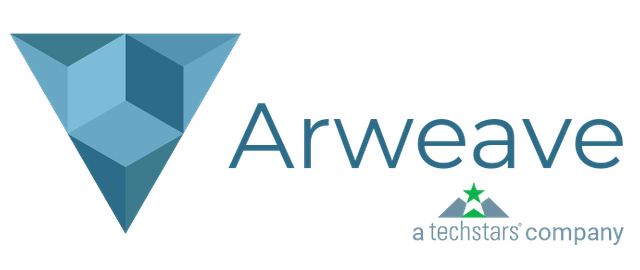Arweave:Solving Data Storage Problems
What is Arweave?
Arweave is a new blockchain based protocol for storing data on a ledger, based on a new proof of the access consensus mechanism, which creates a low-cost solution for permanent data storing.

Blockweave:
The blockweave is an evolved blockchain that offers permanent data storage and can grow to colossal sizes by efficiently self-organising its data across many machines.Blockweave is a platform de- signed to provide scalable on-chain storage in a cost-efficient manner for the very first time. As the amount of data stored in the system increases, the amount of hashing needed for consensus decreases, thus reducing the cost of storing data
Blockhash: It is a list of the hashes of all previous blocks. This will ultimately enable previous blocks to be validated more quickly since the overhead communication will be lessened.
Wallet list: It is a list of all active wallets. By doing so, this will allow transactions to be verified without possessing the last transaction block.
These two innovations only work because Arweave aims to provide constant verification over the transactions. When new miners join they are essentially linking up to a presumably well oiled machine.
Proof of Access -Arweave’s Consensus Algorithm
Arweave features a hybrid consensus mechanism. Proof-of-Work (PoW) combined with Proof-of-Access (PoA) allows miners to verify transactions and blocks quickly. You may already be familiar with PoW so let’s dive into PoA and how it works. Miners typically store the latest block and all prior blocks, best viewed as a chain (hence the blockchain). In Arweave, miners still store the latest block but only needs to store any one of the previous blocks. This lightens the data load for miners. On other blockchains storage becomes an issue as new blocks may be sent to miners who have run out of storage. Arweave solves this problem. The previous block is randomly selected and is known as a ‘recall block’. It is incorporated into the next block alongside the latest transactions. As in PoW, when a miner finds a correct hash it will broadcast the latest block to the rest of the network to verify.
Wildfire:
In order to create a network of nodes to store data and provide access to it, Arweave has created its incentive system known as Wildfire. Wildfire is ultimately a ranking system to aid in fast block creation and peer distribution. Think of this as uploading and downloading data. Nodes that provide great service in providing access to data (for free mind you) and that accept data from others receive a higher rank. Low ranking nodes will be removed from the network. Ultimately this leads to a meritocratic and honest system with a network topology optimized for fast and free data storage and retrieval.
Blockshadows :
As mentioned in the PoA system, other blockchains share the entire block and its underlying data to all nodes on the network. Bitcoin’s block size today is 1 MB and Bitcoin Cash just upped their block size to 32 MB. Larger block sizes slow down the network’s transmission rates but increases the number of transactions per block. This push and pull comes at the cost of potentially slowing down the time it takes to reach consensus. Arweave has a very clever set of names for its features, and so Blockshadows is introduced as a method to partially strip down the block’s information but still reach validation. Blockshadows will decouples transactions from the block by only sending a hash of the wallet list and a hash of the block hash list (discussed above in the Blockweave section). I wrote a small function quickly going over what a hashing function down below. Ultimately, rather than communicating enormous amounts of data around to each and every node, only a fraction is sent across the network. Arweave’s theoretical limit is 5,000 TPS over a 100 MBPS. Can’t tell you how refreshing it is not to hear “million TPS” from a project. I find this value much more honest.
As opposed to derivative applications such as Filecoin or Sia, Arweave’s protocol design has an embedded mathematical pricing function, load-balancing demand and supply at fair prices. Arweave enables the initiation of an immutable decentralized database, opening data to anybody who wish to audit.
Token Metrics:
AR (native token) is utility token. AR’s primary use is to add data to the blockweave
The project has a hard cap of $8.7 million, which is on the low side. The pricing is highlighted below:
Seed £0.07 – £0.14
Strategic £0.28
Private £0.44
Public £0.55
The token distribution is as follows:
Seed Sale 10.8%
Strategic Sale 7.1%
Private Sale 19.5%
Public Sale 1.1%
Advisers 2.9%
Team 13.0%
Ecosystem 19.1%
Reserve 26.5%
Founder tokens have a lock-up of 5 years with a vesting of 20% each year.
The Team:

Useful Links:
Website-https://www.arweave.org/
Light Paper-https://arweave.org/files/arweave-lightpaper.pdf
Telegram-https://t.me/arweave